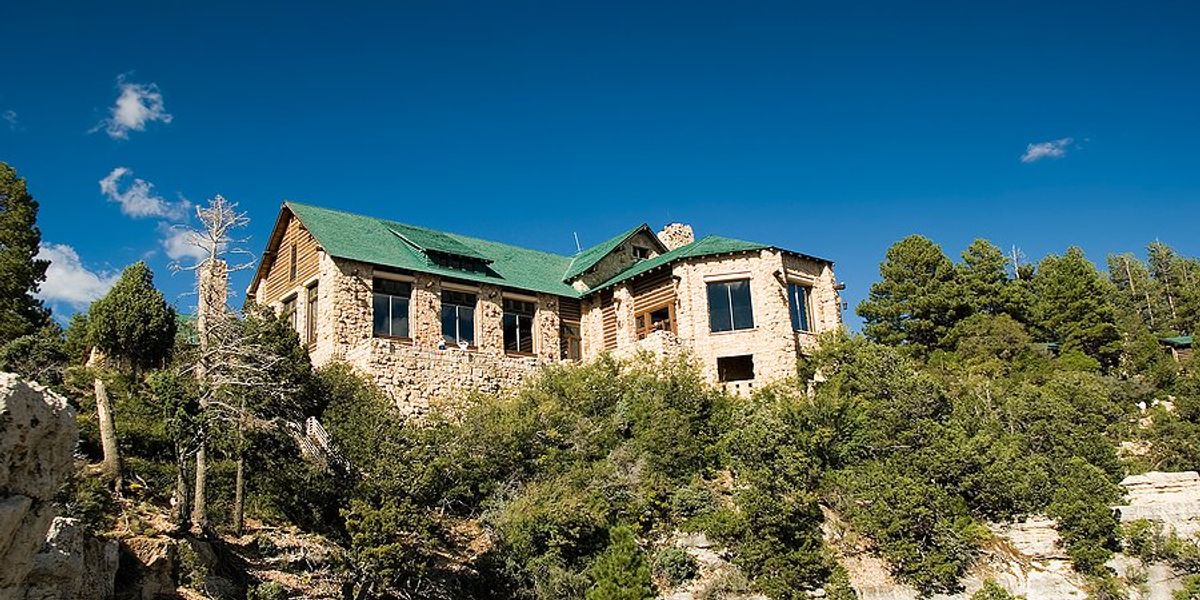human health threat
Wildfires threaten drinking water with contamination risks
As wildfires rage, the aftermath poses a hidden threat to clean water supplies, contaminating reservoirs and water systems for months after the flames are extinguished.
In short:
- Wildfires can introduce cancer-causing substances into water supplies, affecting millions in high-risk areas.
- Burned vegetation and ash prevent water absorption, leading to flash floods and contamination.
- High ambient heat can compromise PVC water lines, unfurling plastic polymers and releasing volatile organic compounds (VOCs) into the water supply.
Key quote:
"We’re destabilizing [water] systems and we don’t even know in what way and how."
— Newsha Ajami, chief strategic development officer, Lawrence Berkeley National Labs.
Why this matters:
As the flames consume everything in their path, they release a cocktail of chemicals and heavy metals from burned structures, vegetation, and soil. These toxics seep into waterways and reservoirs, turning our taps into potential health hazards. Read more: US lead pipe replacements stoke concerns about plastic and environmental injustice.
Scorching heat wave in Mexico and Southwest US intensified due to climate change
Climate change has significantly worsened the recent deadly heat wave in Mexico and the Southwestern United States, making it 35 times more likely and 2.5 degrees hotter.
In short:
- Human-caused climate change increased the likelihood and severity of the heat wave, with daytime temperatures soaring 2.5 degrees hotter.
- Nighttime temperatures were even more devastating, becoming 2.9 degrees warmer and 200 times more likely, contributing to at least 125 deaths.
- The prolonged heat wave highlighted existing inequalities, as those without air conditioning faced greater risks.
Key quote:
"It’s an oven here; you can’t stay here."
— Margarita Salazar Pérez, Veracruz resident
Why this matters:
This heat wave underscores the immediate and lethal impact of climate change, exacerbating health risks and highlighting social inequalities. As extreme weather events become more common, the need for effective climate action grows ever more urgent. Read more: Worsening heat waves are hammering the disabled community.
Labor and environmental groups push FEMA to classify extreme heat as a major disaster
A coalition of labor, environmental, and healthcare organizations is urging FEMA to classify extreme heat and wildfire smoke as major disasters, aiming to unlock federal funds for community protection and worker safety.
In short:
- More than 60 groups filed a petition for FEMA to classify extreme heat and wildfire smoke as major disasters.
- The move is supported by major labor unions aiming to protect outdoor workers and those without air-conditioning during heat waves.
- Previous attempts to classify heat waves as disasters were denied, but petitioners cite the precedent of COVID-19's disaster declaration to bolster their case.
Key quote:
“We are never going to be able to address the changing climate or threats to the future under the existing system.”
— Brock Long, FEMA administrator during the Trump administration
Why this matters:
Extreme heat kills more people in the U.S. annually than hurricanes and floods combined. Recognizing heat as a major disaster would improve public health protections and infrastructure resilience. Read more: We are undercounting heat-related deaths in the US.
Federal appeals court overturns coal lease ban, affecting climate policy and energy production
A federal appeals court has lifted the moratorium on coal leasing from federal lands, potentially impacting future coal sales and climate change efforts.
In short:
- The 9th U.S. Circuit Court of Appeals decision marks a defeat for environmentalists and Democrats who sought to limit federal coal leasing due to climate concerns.
- Despite the ruling, the demand for new coal leases remains uncertain as the energy sector shifts toward cleaner alternatives.
- Coal production on federal lands has seen a decline, yet it still represents a substantial portion of the U.S. total, with significant mining activities in Western states.
Key quote:
“We need the Biden administration to step up and live up to its promises to protect our climate, conduct a long overdue review of the federal coal leasing program, and make thoughtful plans for the future of public lands.”
— William Walksalong, Northern Cheyenne tribal administrator
Why this matters:
This development exemplifies the complex dynamics between energy production, environmental policy, and the struggle to transition to renewable resources. Coal production and coal burning remain a toxic source of U.S. greenhouse gas emissions with far-reaching repercussions on human health.
San Francisco Bay area homes face high air quality risks
Every home in the Bay Area is at high risk of experiencing poor air quality due to wildfires, a stark contrast to its status as one of the most expensive housing markets.
In short:
- A report by Redfin shows that all homes in the San Francisco and San Jose metro areas are highly susceptible to unhealthy air, mainly because of wildfires.
- Among major U.S. metro areas, those in California face the highest risk of poor air quality.
- Efforts to improve air quality in the Bay Area were effective until mid-2010s, but recent severe wildfires and ongoing emissions have deteriorated the situation.
Key quote:
"California is 'ground zero' for worsening air quality, with wildfires driving exposure to unhealthy air."
— First Street Foundation's research.
Why this matters:
The situation in the Bay Area serves as an example of the broader challenges climate change brings to urban health and living standards nationwide. How do wildfires impact your health?
India's clean energy ambitions blunted but rebounding
India faces a setback in its clean energy goals due to delays in solar projects, but hope remains for recovery.
In short:
- India's clean energy installations fell short of its target last year, with only 13.7 gigawatts added compared to the needed 40 gigawatts annually to meet 2030 goals.
- Conflicting policies and high import taxes on solar modules have created uncertainty among developers, leading to delays in project completion.
- Despite these challenges, experts believe India can still make significant progress in clean energy, with recent trends suggesting a potential rebound.
Key quote:
"Meeting the 2030 target for clean energy is highly challenging."
— Charith Konda, analyst at the Institute for Energy Economics and Financial Analysis.
Why this matters:
The struggle and potential comeback of India's clean energy sector points to the global challenge of transitioning away from fossil fuels to combat climate change. This issue is crucial for health outcomes as cleaner energy sources can lead to reduced air pollution, a major concern in India, impacting millions of lives.



















